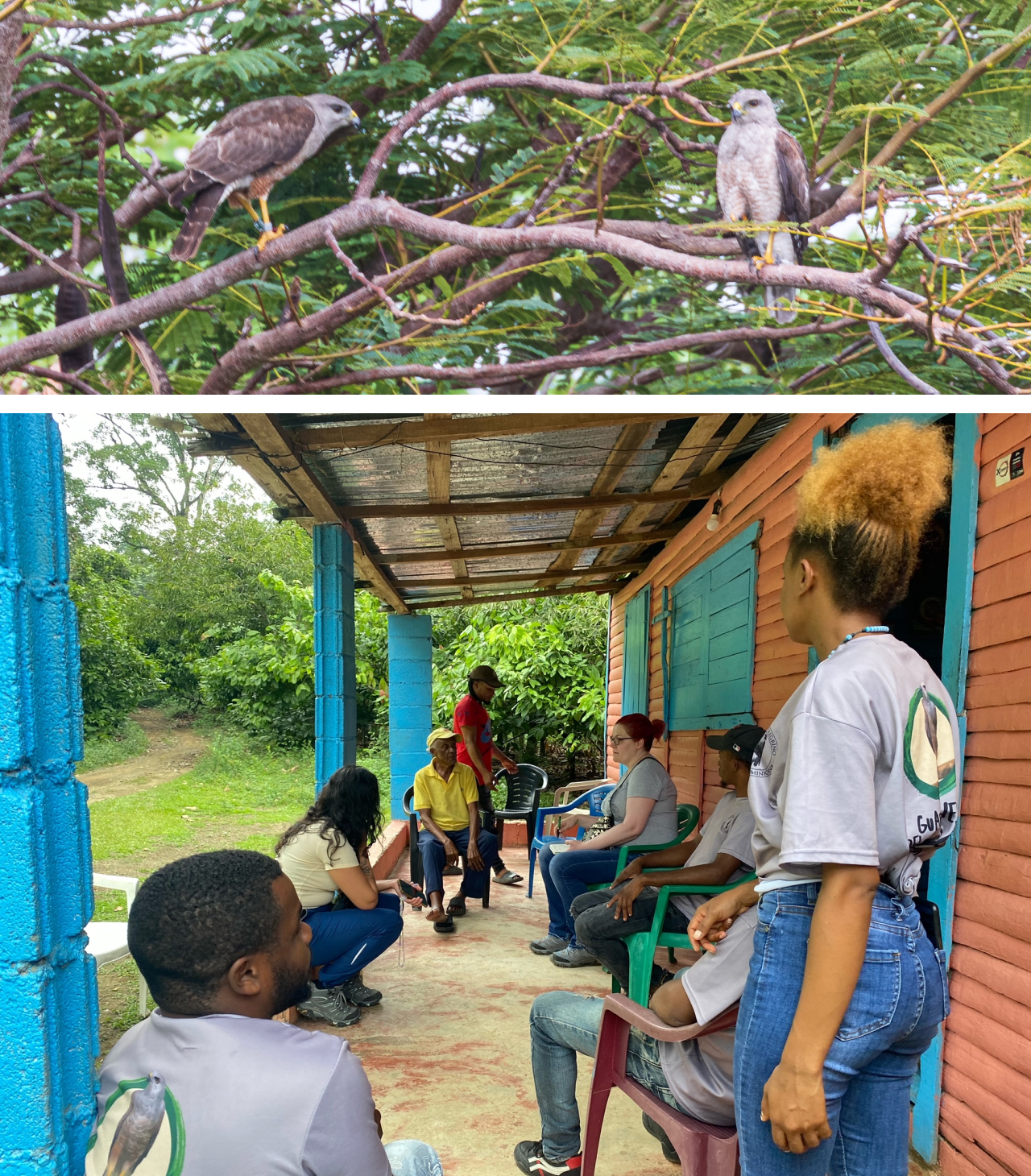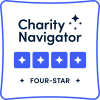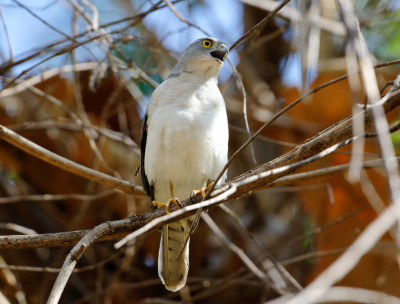
Russell Thorstrom
The Next Decade of Ridgway’s Hawk Conservation in the Dominican Republic
The Peregrine Fund just released a 10-year Conservation Action Plan for the Ridgway’s Hawk (Buteo ridgwayi). The goal of the plan is to support the growth of a robust, interconnected population of Ridgway’s Hawks across Hispaniola (a Caribbean island which includes the Dominican Republic and Haiti). The plan includes an in-depth biological assessment, evaluation of past and present efforts, and the creation of an action plan following conservation standards methodology. It's a guide for our current work, with milestones and objectives to keep us on track and regularly monitor our progress and impact. It keeps us accountable and is meant to highlight successes as well as areas for improvement, making it adaptable.
“We have worked for the past 18 months developing the Ridgway’s Hawk Conservation Action Plan,” says Hispaniola Program Director Marta Curti. “Stakeholders from over eight Dominican organizations attended our brainstorming and development workshops and provided feedback on drafts. Their input and support has been pivotal in developing a comprehensive plan. We’re eager to begin implementing the plan and targeting our programs.”
The Peregrine Fund has been working with the Ridgway’s Hawk since 2002, starting with surveying the small existing population of only a few hundred individuals. It quickly became clear that the main threat to the species was human persecution. Many locals perceive the hawk as a threat to their chickens and will attempt to shoot or capture them. Our team has seen significant positive attitude shifts in the communities through an intensive environmental education program using community presentations, classroom activities, brochures, door-to-door visits, and more.
Through environmental education, nest management, reintroductions, and other threat mitigation efforts, the population of Ridgway’s Hawks has doubled in the past two decades. But the species is far from being deemed “recovered” and is still listed as Critically Endangered. To bring the Ridgway’s Hawk population to a self-sustaining level, our program will need to continue reducing threats, increase the subpopulation sizes and connectivity, and improve local capacity to support the program into the future. The Ridgway’s Hawk Conservation Action Plan details strategies and objectives the program will use for the next ten years to reach desired goals.
“We are proud of the progress we have made over the past two decades and are hopeful for the future of the Ridgway’s Hawk with the Conservation Action Plan guiding our work,” concludes Marta.
The creation of the Ridgway’s Hawk Conservation Action Plan was led by The Peregrine Fund, with support from Fondo Peregrino República Dominicana, Fundación Grupo Puntacana, ZOODOM (National Zoo of Santo Domingo), Fundación Propagas, Dominican Republic Ministry of the Environment and Natural Resources, Action pour la Sauvegarde de l'Ecologie en Haïti, Fundación Vega Real, Club Med, Grupo Jaragua, Instituto Tecnológico de Santo Domingo, and Critical Ecosystem Partnership Fund.








